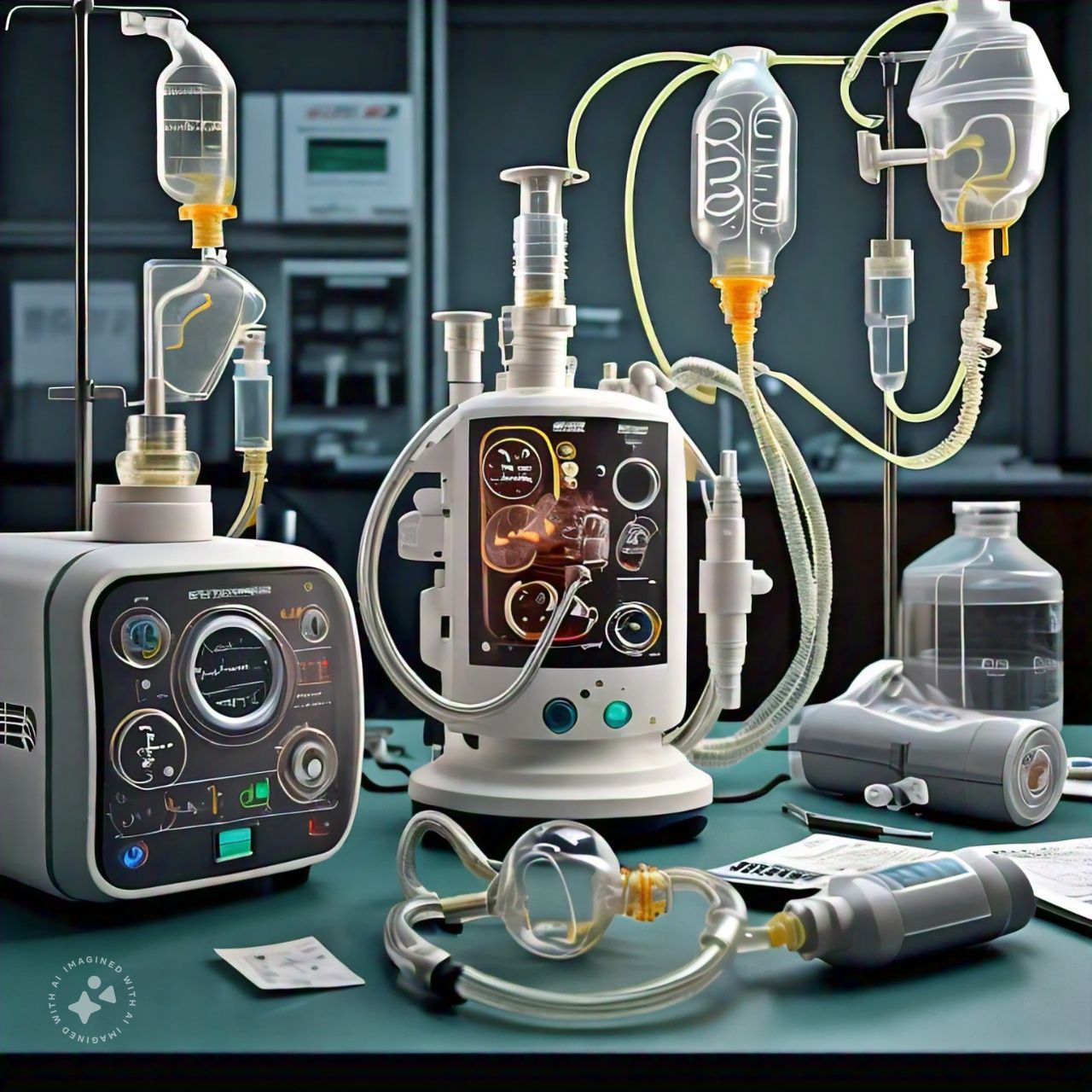The global respiratory care devices market, valued at $21.8 billion in 2023, is projected to reach $31.8 billion by 2028, with a compound annual growth rate (CAGR) of 7.8% during this period. This growth is primarily driven by the increasing prevalence of respiratory disorders such as COPD and asthma, a rising population of overweight and obese individuals, and an uptick in preterm births. Over the past two decades, the incidence of preterm births has surged, influenced by factors such as advanced maternal age (either over 40 or under 20 years), maternal health issues like diabetes and high blood pressure, and the widespread use of infertility treatments.
Overview of This Study:
This study involved the extensive use of both primary and secondary sources. The research process involved the study of various factors affecting the industry to identify the segmentation types, industry trends, key players, competitive landscape, key market dynamics, and key player strategies.

Importance of Advanced Technologies
Advanced technologies are pivotal for the global growth of the respiratory care devices industry as they enable more accurate diagnostics, improved treatment outcomes, and enhanced patient experiences. Innovations such as sophisticated ventilators, portable oxygen concentrators, and smart CPAP machines enhance the efficiency and effectiveness of respiratory care. These technologies allow for better management of chronic conditions like COPD and asthma by providing real-time monitoring, personalized treatment plans, and seamless integration with digital health platforms. Additionally, advancements in telemedicine and remote monitoring facilitate access to care for patients in underserved areas, driving the industry’s expansion and meeting the growing global demand for respiratory solutions.
Market Dynamics
Driver: Rising Prevalence of Respiratory Diseases
The growing prevalence of respiratory diseases, such as COPD and asthma, is a key driver for the respiratory care devices market. Major contributing factors include long-term asthma, prolonged tobacco smoke exposure, air pollution, and occupational hazards. Additionally, comorbidities like cardiovascular disease, diabetes, and musculoskeletal impairments further complicate COPD management. The World Health Organization reports that, in 2019, approximately 262 million people were affected by asthma, with 0.5 million deaths attributed to the condition. With an expected increase of 100 million more asthmatic patients by 2025, the burden of respiratory diseases remains significant, with up to 1,000 daily deaths from asthma alone in the US and Europe.
Restraint: Unfavorable Reimbursement Scenario
The respiratory care diagnostics market faces challenges due to an unfavorable reimbursement scenario. Many patients rely on reimbursements to cover treatment costs, but the diagnostic industry struggles with insufficient coverage for various tests. The Centers for Medicare & Medicaid Services (CMS) have recently updated their payment schedules, resulting in a 2% decline in national payment rates for certain home sleep tests and a 15% reduction for other diagnostic services. This lack of adequate reimbursement is particularly problematic for tests involving advanced technologies like Peripheral Arterial Tone, affecting patient access to necessary respiratory care.
Opportunity: Point-of-Care Diagnostics
Point-of-care (POC) diagnostics present a significant opportunity in the respiratory care devices market. Advances in test accuracy and the development of more compact, microfabricated devices are driving growth in this segment. The increasing trend of self-testing among patients and technological advancements support the expansion of POC testing for respiratory conditions. Both developed and developing countries are recognizing the potential of POC technology to enhance public healthcare and address unmet medical needs. Additionally, the growing shortage of skilled technicians in centralized systems is further boosting the demand for POC solutions.
Challenges: Lack of Patient Compliance
Patient compliance remains a significant challenge in the respiratory care devices market, particularly for CPAP therapy. Issues such as affordability, comfort, and reimbursement constraints contribute to low adherence rates. Studies indicate that 30% to 50% of CPAP users face difficulties with continued use, often due to the discomfort associated with masks and airflow. Additionally, a survey shows that approximately half of CPAP patients discontinue use within 1 to 3 weeks, highlighting a major obstacle to effective treatment and market growth.
Market Ecosystem:
Leading players in the respiratory care devices market include established companies with diverse product portfolios and a strong global presence. Some of them include:
- Koninklijke Philips N.V. (Netherlands)
- General Electric Healthcare (US)
- ResMed Inc. (US)
- Fisher & Paykel Healthcare Corporation Limited (New Zealand)
- Medtronic plc (Ireland) and many more….!
These companies are pivotal in shaping the industry’s future through innovative solutions and extensive service networks.
Market Segmentation:
By Device Type:
The global respiratory care devices market is divided into ICU ventilators and portable/transportable ventilators, with ICU ventilators holding the largest share in 2022. This segment’s growth is supported by the increasing number of intensive care beds, rising ICU admissions and re-admissions, and a favorable reimbursement environment. The growing prevalence of severe health conditions among elderly patients is driving the demand for ICU ventilators.
By Disease Indication:
The market is segmented into chronic obstructive pulmonary disease (COPD), asthma, sleep apnea, infectious diseases, and other conditions. The COPD segment is projected to grow at the highest CAGR during the forecast period, driven by factors such as tobacco smoking, increasing air pollution, and exposure to dust and chemicals. According to the CDC, smoking is responsible for up to 80% of COPD-related deaths, highlighting the segment’s growth potential.
By End User:
The home care settings segment is expected to experience the highest growth rate, primarily due to the convenience it offers patients. The rising use of positive airway pressure devices for sleep apnea therapy is a major factor contributing to this segment’s expansion. Home care settings are increasingly becoming a preferred choice for respiratory care due to their patient-centered benefits.
Regional Insights:
The Asia Pacific region is anticipated to be the fastest-growing market for respiratory care devices. This growth is fueled by the region’s burgeoning medical tourism industry, cost-effective healthcare solutions, and a rising number of highly educated healthcare professionals. Countries like India and China are leading this growth due to their low treatment costs and expanding medical infrastructure.
